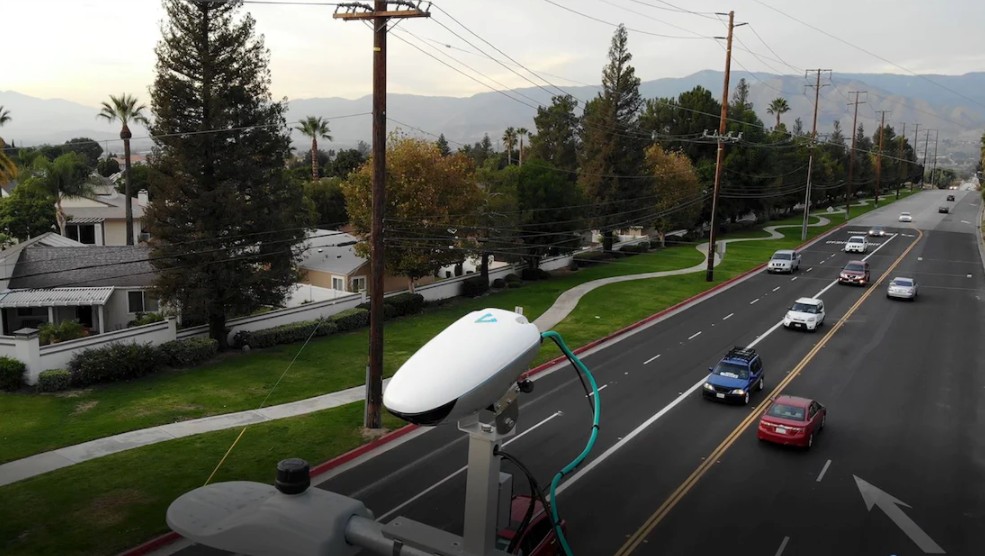30 May 2021 | News

Who hasn’t been stuck seething at an interminable red light with zero cross traffic? When this happened one time too many to Uriel Katz, he co-founded Israel-based, Palo Alto, California-headquartered tech startup NoTraffic in 2017. The company claims its cloud- and artificial-intelligence-based traffic control system can halve rush-hour times in dense urban areas, reduce annual CO2 emissions by a half-billion tons in places like Phoenix/Maricopa County, and slash transportation budgets by 70 percent. That sounded mighty free-lunchy, so I got NoTraffic’s VP of strategic partnerships, Tom Cooper, on the phone.
Sensors perceive, identify, and analyze all traffic approaching each intersection, sharing data to the cloud. Here light timing and traffic flow is adjusted continuously, prioritizing commuting patterns, emergency and evacuation traffic, a temporary parade of bicycles—whatever. Judicious allocation of “green time” means no green or walk-signal time gets wasted.
I assumed such features had long since evolved from the tape-drive traffic control system Michael Cain’s team sabotaged in Rome to pull off The Italian Job in 1969. Turns out that while most such systems’ electronics have evolved, their central intelligence and situational adaptability have not.
Intersections that employ traffic-sensing pavement loops, video cameras, or devices that enable emergency vehicle prioritization still typically rely on hourly traffic-flow predictions for timing. When legacy system suppliers like Siemens offer similar technology with centralized control, it typically requires costly installation of fiber-optic or other wired-network connections, as the latency inherent in cellular communications can’t meet stringent standards set by Advance Transportation Controller (ATC), National Electrical Manufacturers Association (NEMA), CalTrans, and others for safety and conflict resolution.
By contrast, NoTraffic localizes all the safety-critical decision-making at the intersection, with a camera/radar sensor that can identify vehicles, pedestrians, and bikers observing each approach. These sensors are wired to a box inside the existing control cabinet that can also accept input signals from pressure loops or other existing infrastructure. The controller only requires AC power. It connects to the cloud via 4G/5G/LTE, but this connection merely allows for sharing of data that constantly tailors the signal timing of nearby intersections. This is not nano-second, fiber-optic-speed critical info. NoTraffic promises to instantly leapfrog legacy intersections to state-of-the-art intelligence, safety sensing, and connectivity.
Click here to read the full article, originally published in MotorTrend.com